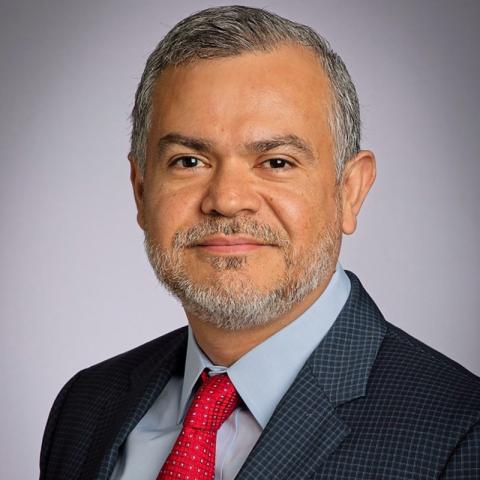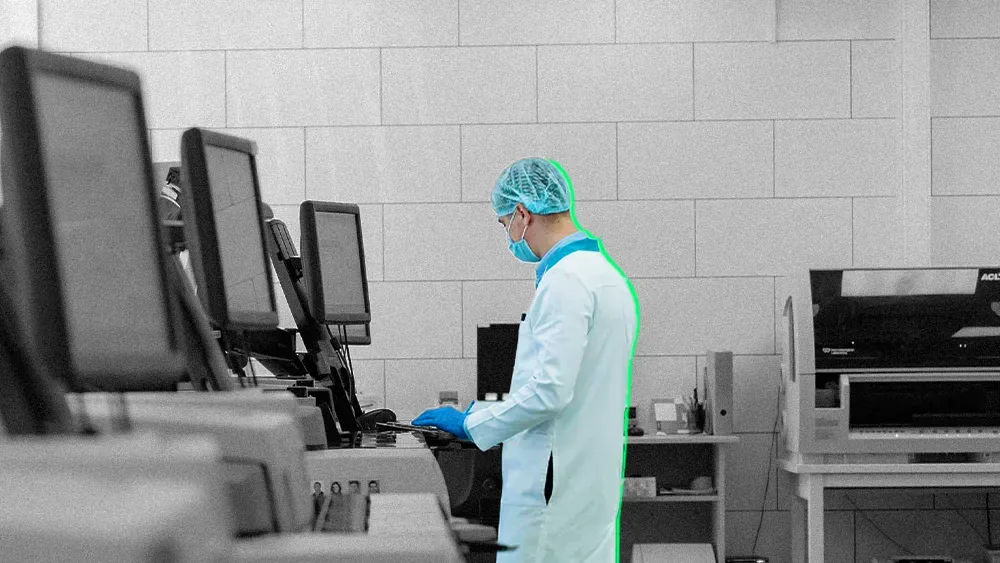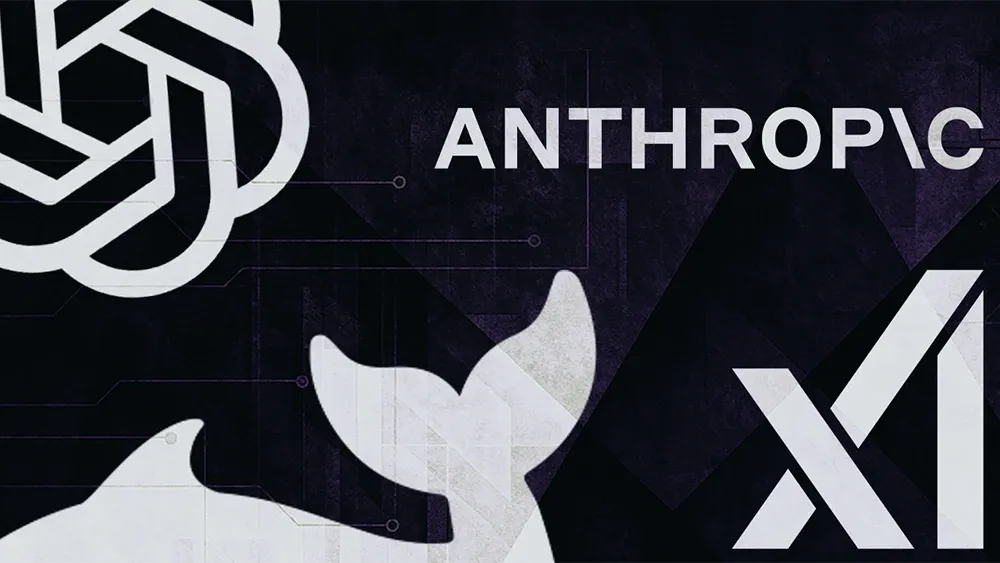
KEY POINTS
Jaime Aguirre of SaludAlma discusses MCP's role in bridging AI capabilities with live information, likening it to building new highways for data flow.
Despite MCP's advancements, human oversight remains crucial, especially in fields like healthcare where precision is vital.
MCP is seen as a step towards greater accuracy by integrating trusted external data sources with LLMs, particularly in regulated industries like healthcare and finance.
"Before MCP, LLMs were often working with static, point-in-time knowledge—like a city with an outdated map. MCP is like building a vast network of new highways, directly connecting the LLM's internal capabilities to the constantly updated world of external data."
LLMs are frozen in time. Trained on static data, they’re often outdated the moment they launch. MCP steps in to bridge that gap, linking raw AI horsepower to the flow of real-time information. Jaime Aguirre, CEO and Head of AI at SaludAlma, a company focusing on AI-empowered healthcare solutions. Aguirre sees MCP as the breakthrough that finally connects LLMs to the living, breathing digital world.
Stuck in the past: "Before MCP, LLMs were often working with static, point-in-time knowledge—like a city with an outdated map," says Aguirre. "MCP is like building a vast network of new highways, directly connecting the LLM's internal capabilities to the constantly updated world of external data, specialized applications, and live information feeds."
That frozen-in-time flaw was the core limitation. "Their knowledge is good as of the training date, which could have been three months or six months ago," Aguirre explains. "That’s very much outdated if you're looking for information about events that happened yesterday or even a week ago." Without MCP, AI was passable for static tasks like research or content, but for real-time decisions, it hit a hard ceiling.
Then came the shift: what if LLMs didn’t just recall the past, but actively engaged with the present? "MCP could be a new instrument that allows the models to update their information based on how they interact with external models," Aguirre says. "Now you can tune in to other relevant models, pull in external data points, access external apps—like extending and merging two highways."
Breaking the locks: "Take using DocuSign within an MCP server," Aguirre says. "Before, there was no easy way to generate a flow—create a document, send it out, get it signed. MCP introduces a common protocol that lets everything communicate without needing to manually pass data between tools."
That same connectivity is unlocking smarter data access. "Imagine the LLM writing the SQL itself, figuring out what table to query in your enterprise database," he explains. "It generates the query, pulls the data it needs, and processes the result to get the answer. A few years ago, that would’ve been unthinkable." For enterprise teams, Aguirre calls these "breakthrough events."
"Imagine the LLM writing the SQL itself, figuring out what table to query in your enterprise database. It generates the query, pulls the data it needs, and processes the result to get the answer. A few years ago, that would’ve been unthinkable."
Not done yet: Is MCP going to be the first and last protocol between models? "Highly unlikely," Aguirre says. He views that as a sign of strength, not weakness—like the OSI model for networking. "The fact that another protocol might come along and improve on MCP isn’t a knock on it. It just means we’re making progress," says Aguirre.
When 2 doesn't equal 2: As connectivity and automation ramp up, so does the pressure for precision—and the need for humans in the loop. "We haven't reached a point yet where we can take the human out," Aguirre says, echoing a common view in LLM and AGI circles. Nowhere is this more critical than in healthcare. "People in medicine want AI to follow the same strict protocols: no human in the loop, just reliable output," he says. "One plus one is two. I don’t want it to be 2.1 tomorrow."
But many models aren’t built for that level of certainty. "Some are focused on sounding human, not being factually airtight," Aguirre notes. "You still can't say that it equates to a person who knows 100% that this fact is 100% accurate. It's not there yet." His bottom line: "Let’s not put a hallucination in front of a medical device."
Augment, don't assume: Aguirre sees tools like MCP as a path to greater accuracy, not just speed. "Instead of relying on the LLM for factual data about the body, you can turn to trusted sources—medical facilities, universities, government databases. There’s a ton of data we know is unquestionable," he says. "What we’re going to see is a marrying of all these tools and technologies. Rather than lean solely on the LLM, I’ll augment it with my own data and external sources to reach a level of accuracy I couldn’t guarantee before."


